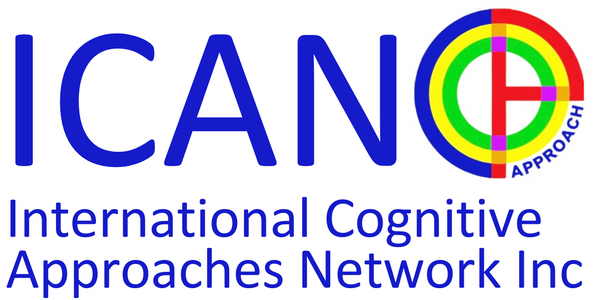
Goal-Plan-Do-Check; Supporting Community Participation through Adult Group Sessions
Share
Sarah M. Zera, OTD, OTR/L is the founder of Moxie OT and an Adjunct Professor at Midwestern University.
My Story
After 13 years of working as an occupational therapist primarily with adults with neurological impairments I wanted to learn how I could do more to support my clients return to community participation. I applied and was accepted to the University of Illinois at Chicago’s post professional Doctor of Occupational Therapy program. Through my coursework, I dove into the literature and discovered the CO-OP Approach. I learned about the growing body of evidence supporting the use of the approach with adults with stroke and brain injury. Co-incidentally my workplace, The Shirley Ryan AbilityLab, was also exploring which approach the Occupational Therapy Program would use as their preferred approach for clients with executive function impairments. I was fortunate to be a part of this committee and as we settled on the CO-OP Approach, I knew the approach would best fit my doctoral project as well.
As I continued to explore the literature and develop my doctoral project, I also worked hard to incorporate the approach into my practice. I worked in an outpatient day rehabilitation setting where clients receive occupational therapy, physical therapy, and speech therapy for three to six hours per day. Clients participated in both group and individual session. Many of the clients I worked with were well suited to participate in group occupational therapy sessions. Because of this group model I was finding it difficult to implement the CO-OP Approach with these clients. It became apparent to me that my doctoral project would be implementing a CO-OP group in my workplace.
I had a GOAL: To implement a CO-OP group in the outpatient day rehabilitation I worked in.
Much of my doctoral project was developing my PLAN: I studied the CO-OP literature and read all I could on the CO-OP groups that were published.
The Adult Group Story
I created a PLAN I felt would work with the adults at my clinic. I also pulled from other projects implementing self-management groups into day rehabilitation. My PLAN included an individual preparatory meeting that involved the Canadian Occupational Performance Measure to identify the client’s goals and explain the group. Each participant selected one COPM goal to address during the group. The first group session included an introduction to the GOAL-PLAN-DO-CHECK global problem-solving strategy followed by four group sessions that would include one participant acting as a model to practice their PLAN with support from the group. The final wrap up session included a focus group and reflection on the participant’s experiences. Each session also included homework to address the client’s goals at home.
DO: Planning is one thing and doing is another. As we started to implement the group, members helped me to recognize the performance breakdowns of the group curriculum. As the group continued, we developed domain specific strategies to address the needs of the participants in the group.
While the first group session went very well, I quickly realized that these adults in an outpatient setting primarily identified goals that were community based (going out to breakfast, walking to the store, caring for my dogs) and were difficult to address in a group based in the clinic.
The second group session mirrored the first session, the group applied the global problem-solving strategy to contrived activities on the white board. My observations as well as feedback from the group identified that we were not DOING enough or focusing enough on the participants goals. Using that feedback from the group we changed up the PLAN. In session three we planned an outing to address the participants community participation goals. The group chose to plan a visit to a local art museum. They planned to attend on a free day which coincided with session five. In session four I chose to provide some variety in teaching and learning styles. I gave the group several options of activities they might like to participate in based on the COPM goals they had identified but not selected specifically for the group. The group chose to work on golf. They created a GOAL, PLAN, and CHECK for putting the golf ball and took turns practicing putting. I used guided discovery to help the group modify their plan as they worked on the DO. For example, while one group member prepared to putt, we identified that a large stance was required, and it was added to the plan. Our final group included a focus group, discussion of their experience and lessons learned, completing the COPM, and a final homework assignment.
Reflection
CHECK: Did my plan work? Like the participants in the group, my first plan did not work as I expected. However, I was able to modify my plan and develop a group the participants appreciated, and I enjoyed providing. In fact, all four participants improved in both trained and untrained goals on the COPM. One participant stated, “It was very important to me to do what I wanted to do... it was good to determine my own destiny.”
Below is my website and my article discussing the group if you’d like to link to either of those.
www.moxieot.com
Zera, S. M., Preissner, K., Fischer, H., & Stoffel, A. (2022). Cognitive orientation to daily occupation group in the adult day rehabilitation setting: A feasibility study. British Journal of Occupational Therapy, 85(1), 14–22. https://doi.org/10.1177/03080226211008713
